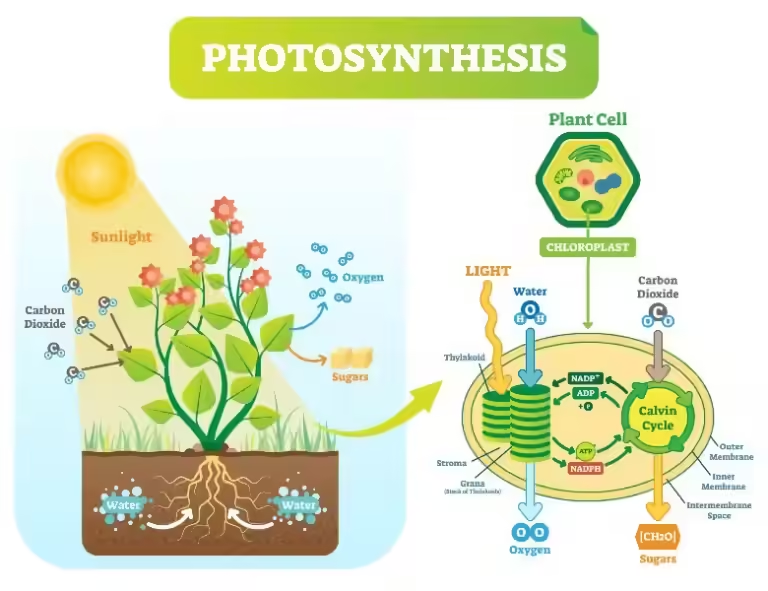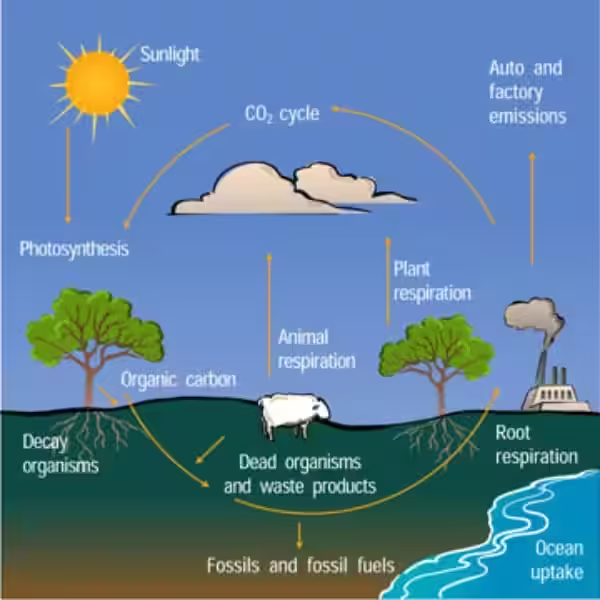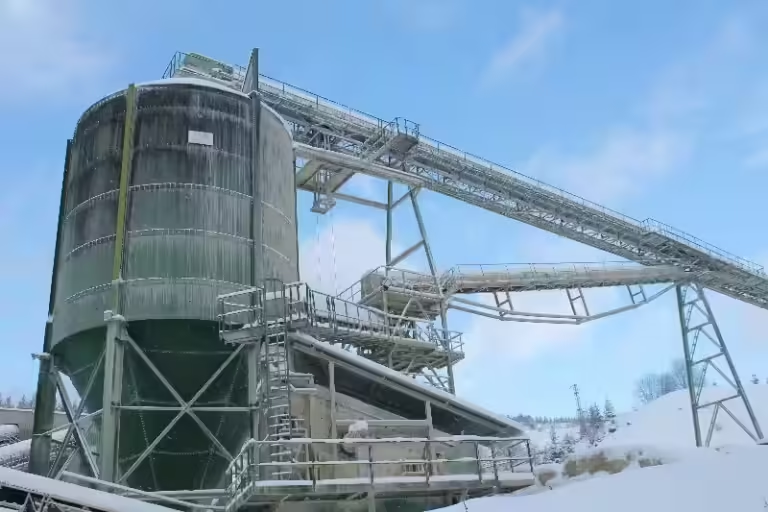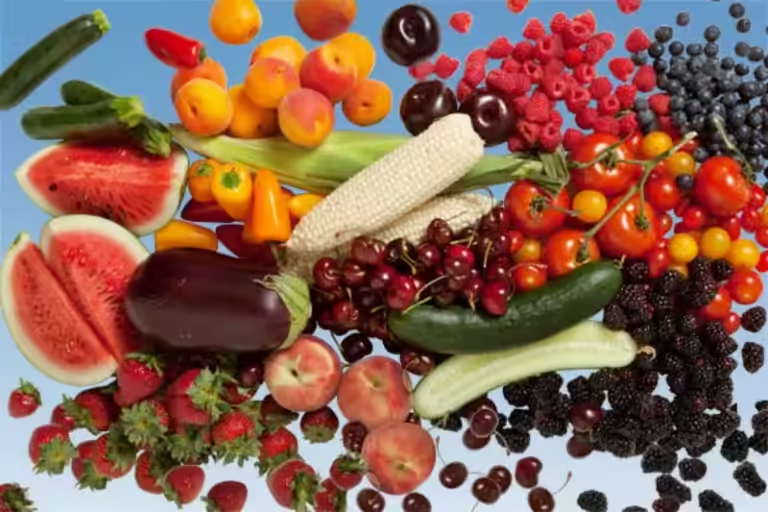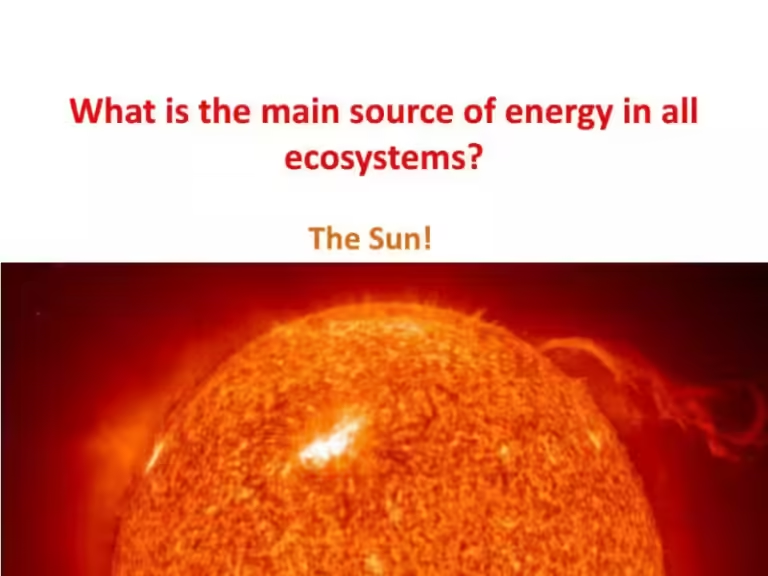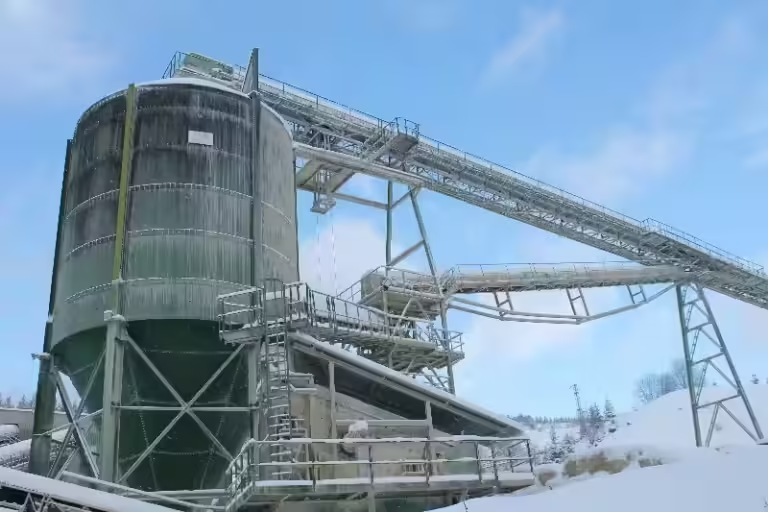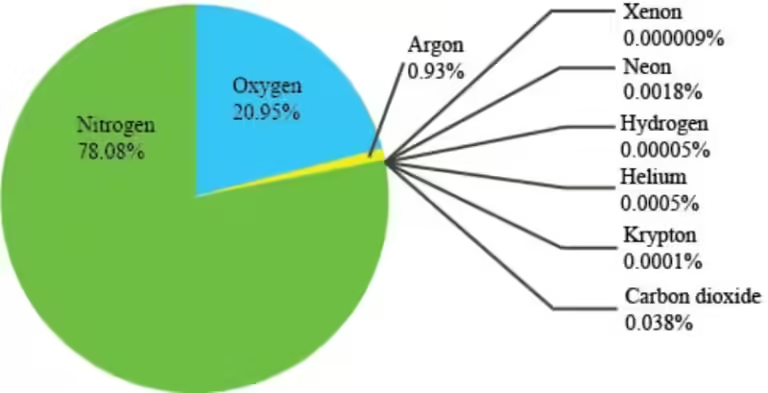Carbon Dioxide Enters a Plant Through the Stomata: A Journey into Photosynthesis
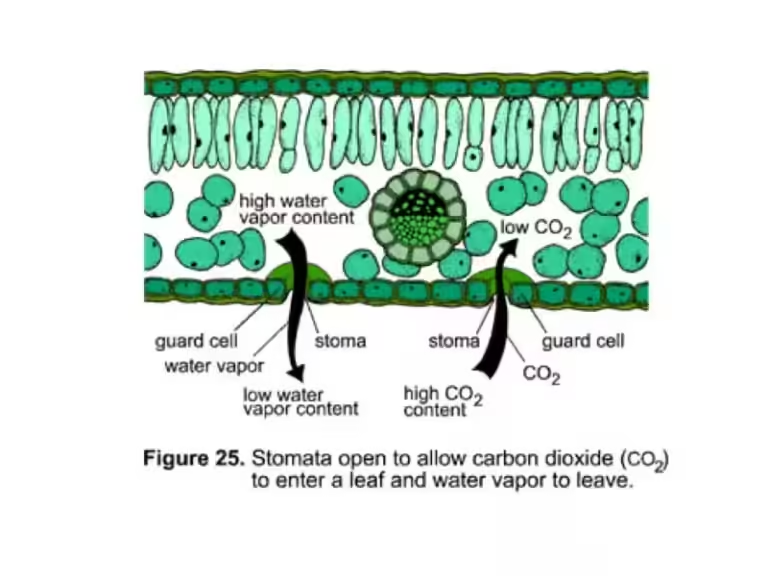
Plants, the silent architects of our planet's ecosystems, are masters of harnessing energy from the sun. Their ability to convert sunlight into usable energy, a process known as photosynthesis, is a cornerstone of life on Earth. But for this remarkable feat to occur, plants require a crucial ingredient – carbon dioxide (CO2).
The Tiny Gatekeepers: Stomata
Carbon dioxide enters a plant through the stomata, tiny pores located primarily on the underside of leaves. Imagine these stomata as miniature doors that open and close, allowing a continuous flow of gases in and out of the plant. These pores are not just simple openings; they are surrounded by specialized guard cells that act as gatekeepers, regulating the traffic of gases.
The Guard Cells: Regulating the Flow
Guard cells are unique cells that can change their shape, effectively controlling the opening and closing of the stomata. When the plant needs to take in carbon dioxide for photosynthesis, the guard cells swell up, causing the stoma to open. Conversely, when the plant needs to conserve water, the guard cells shrink, closing the stomata.
The Journey of CO2: From Atmosphere to Photosynthesis
The journey of carbon dioxide from the air into the heart of a plant is a fascinating dance of diffusion and chemical reactions.
Step 1: CO2 in the Air
Carbon dioxide is present in the atmosphere surrounding the plant, at a higher concentration than inside the leaf.
Step 2: Stomata Open
When the plant needs CO2 for photosynthesis, the guard cells open the stomata, creating a passageway for the gas to enter.
Step 3: Diffusion
Driven by the difference in concentration, carbon dioxide diffuses from the higher concentration in the atmosphere to the lower concentration inside the leaf. This movement occurs passively, without the plant expending any energy.
Step 4: Photosynthesis in the Chloroplasts
Inside the leaf, CO2 travels to the chloroplasts, the plant's energy factories. These organelles contain chlorophyll, the green pigment that captures light energy. Within the chloroplasts, carbon dioxide is incorporated into a series of chemical reactions called the Calvin cycle. This cycle, with the help of light energy, converts carbon dioxide into glucose (sugar), which provides the plant with energy for growth and other processes.
The Importance of Stomata: More than Just Carbon Dioxide
Stomata are not just gateways for carbon dioxide; they play a critical role in the overall health and well-being of a plant.
Gas Exchange: A Two-Way Street
While carbon dioxide is absorbed through stomata, oxygen, a byproduct of photosynthesis, is released through the same pores. This continuous exchange of gases is vital for the plant's survival.
Water Regulation: A Delicate Balance
Stomata are also essential for water regulation. When open, they allow the release of water vapor through transpiration. Transpiration helps cool the plant and transports nutrients throughout its system. However, excessive transpiration can lead to dehydration, especially in dry environments. Guard cells meticulously adjust the opening and closing of stomata to balance water loss with the need for gas exchange.
Adaptation: Responding to the Environment
Stomata are incredibly adaptable structures. They can respond to various environmental cues, including light intensity, humidity, and temperature. For instance, stomata tend to open during the day when light is available for photosynthesis but close at night to conserve water. This adaptability ensures that the plant can optimize its gas exchange and water conservation in changing conditions.
In Conclusion: A Vital Partnership
The relationship between a plant and the tiny pores called stomata is a fascinating example of nature's ingenuity. These openings, controlled by specialized guard cells, allow the entry of carbon dioxide, the key ingredient for photosynthesis. Yet, their role extends far beyond simply facilitating gas exchange. Stomata are crucial for water regulation, adaptation to environmental changes, and ultimately, the plant's survival. By understanding this intricate partnership, we gain a deeper appreciation for the complex and interconnected nature of life on Earth.
Frequently Asked Questions About Carbon Dioxide Entry into Plants
How does carbon dioxide enter a plant?
Carbon dioxide enters a plant through tiny pores on the leaves called stomata.
What are stomata?
Stomata are small openings on the surface of leaves that allow for gas exchange. They are surrounded by specialized guard cells that control their opening and closing.
Why are stomata important?
Stomata are essential for plant survival. They allow the intake of carbon dioxide for photosynthesis and the release of oxygen as a byproduct. They also play a role in water regulation.
How do stomata regulate gas exchange?
Guard cells surrounding the stomata open and close in response to environmental conditions such as light intensity, humidity, and temperature, ensuring optimal gas exchange and water conservation.

